Our week long trip to some of Europe’s most festive, vibrant Christmas & Advent Markets on the Viking River Jarl was exactly what we needed to get into the holiday spirit. One thing that surprised us was not only how different each market was from town to town, but also how different markets were within each city. Our expectations were sky high and Europe Christmas Markets did not disappoint.
I’d also be remiss if I didn’t take a moment to remember those who lost their lives in Berlin doing exactly what we spent 13 days in Europe doing: shopping & enjoying time with those who mean the most to us during the special time of year. Wishing everyone visiting the markets over the next few days safety & joy.
Budapest
We visited six of Budapest’s 10 Christmas & Advent Markets: the Advent Feast at St. Stephen’s Basilica (located right next to our hotel, the Aria Budapest, complete with ice skating rink!), the Winter Festival at Vörösmarty Square (our first sampling of mulled wine on the trip!) & nearby Fashion Street Advent (with festive Christmas light displays in the shape of handbags & shoes), the Christmas Fair at Liszt Ferenc Square (a small market right on Andrássy Avenue that we stumbled upon), the Várkert Bazaar Advent Fair (which offers an amazing view of Pest) & the Városháza Square Advent Fair (which we thought had the best food, including steaming hot chimney cakes & sausages as long as your arm).
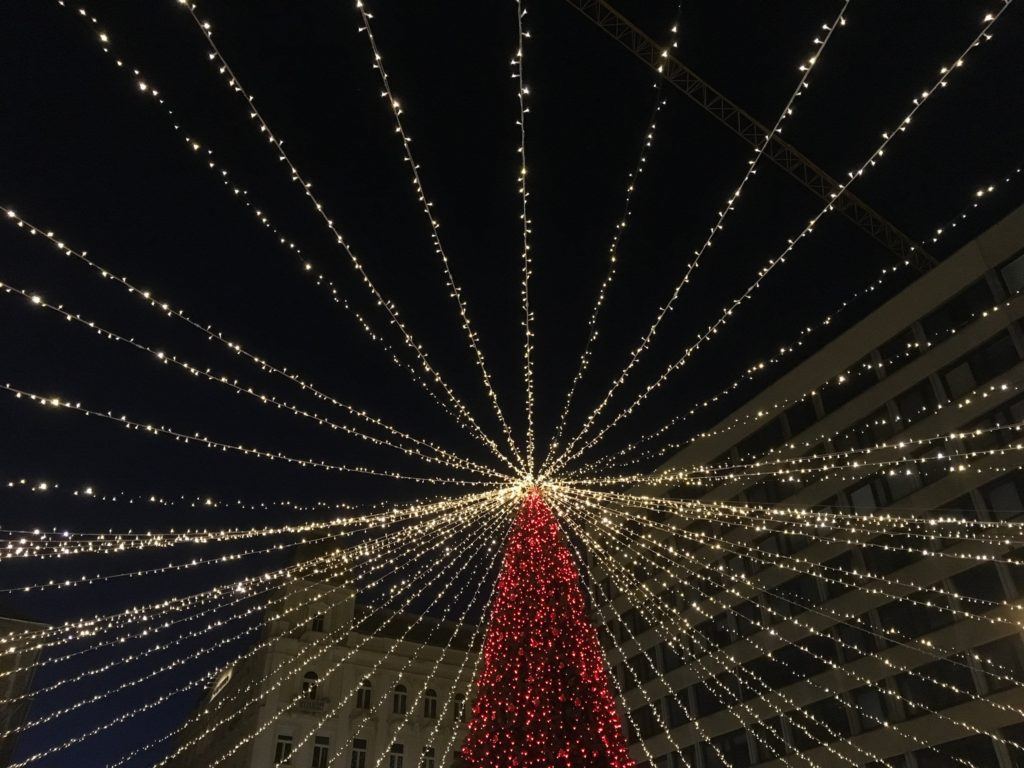
(C) Christina Saull – All Rights Reserved

(C) Christina Saull – All Rights Reserved
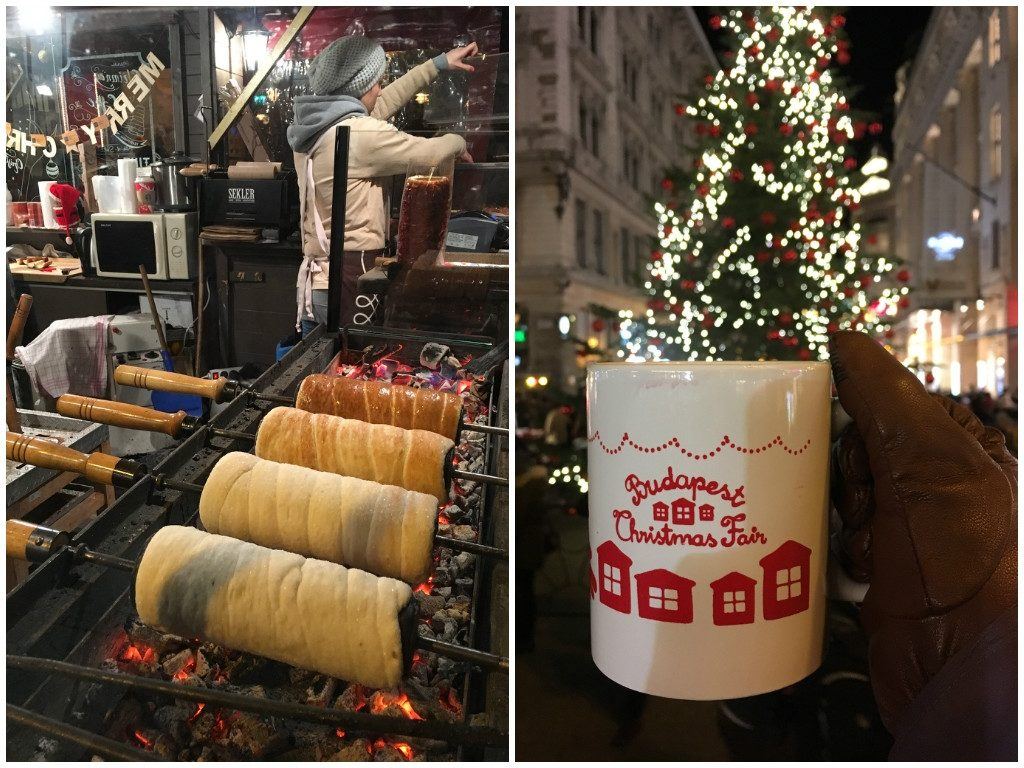
(C) Christina Saull – All Rights Reserved
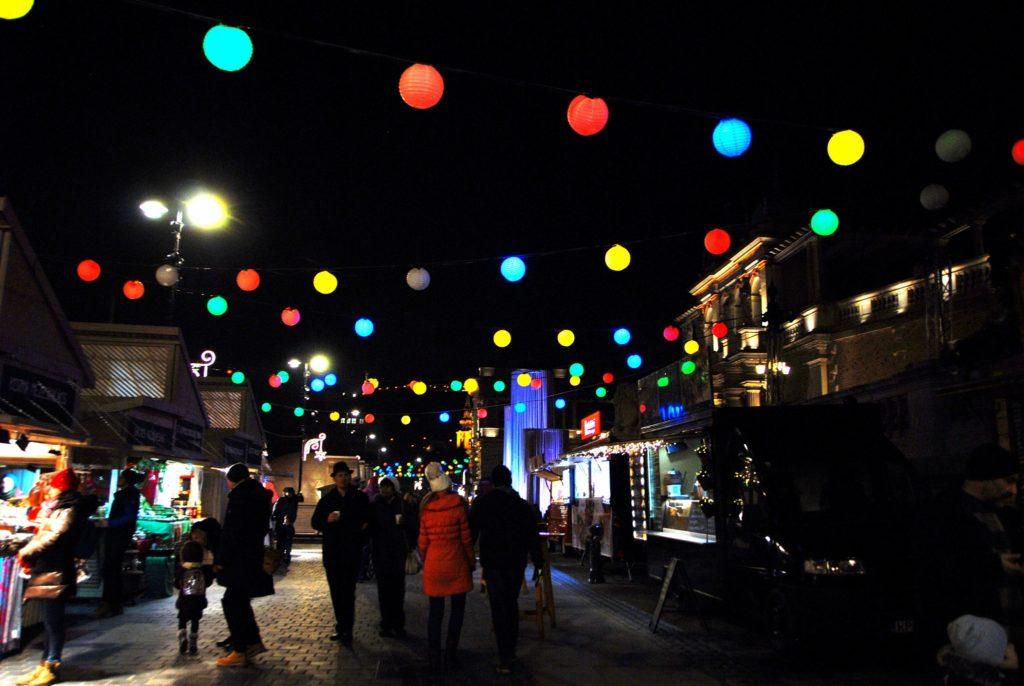
(C) Christina Saull – All Rights Reserved
Vienna
Vienna was our favorite stop on our trip & it’s no wonder why: this cosmopolitan city was festively decorated around every corner & is home to a giant Vienna Christmas World Market right in front of the majestic City Hall building. 150 booths of homemade gifts, every kind of street food imaginable & even an ice skating rink. We also visited the markets in the Maria-Theresien-Platz Courtyard in between the Natural History & Fine Arts museums, & a small market at Michaelerplatz, a square right next to Hofburg Palace.
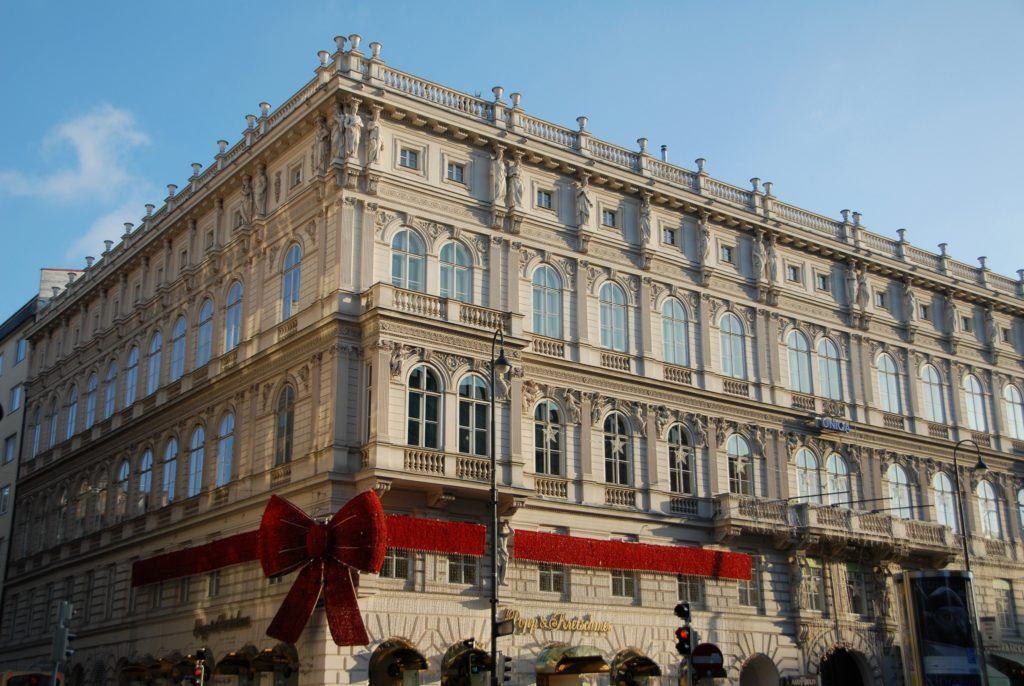
(C) Christina Saull – All Rights Reserved
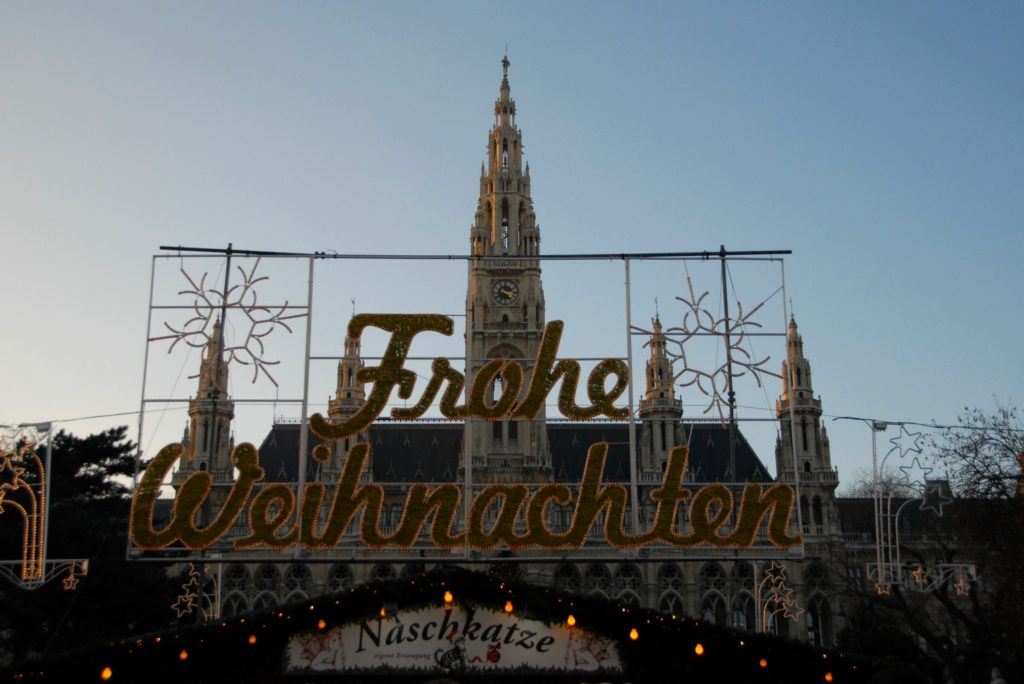
(C) Christina Saull – All Rights Reserved
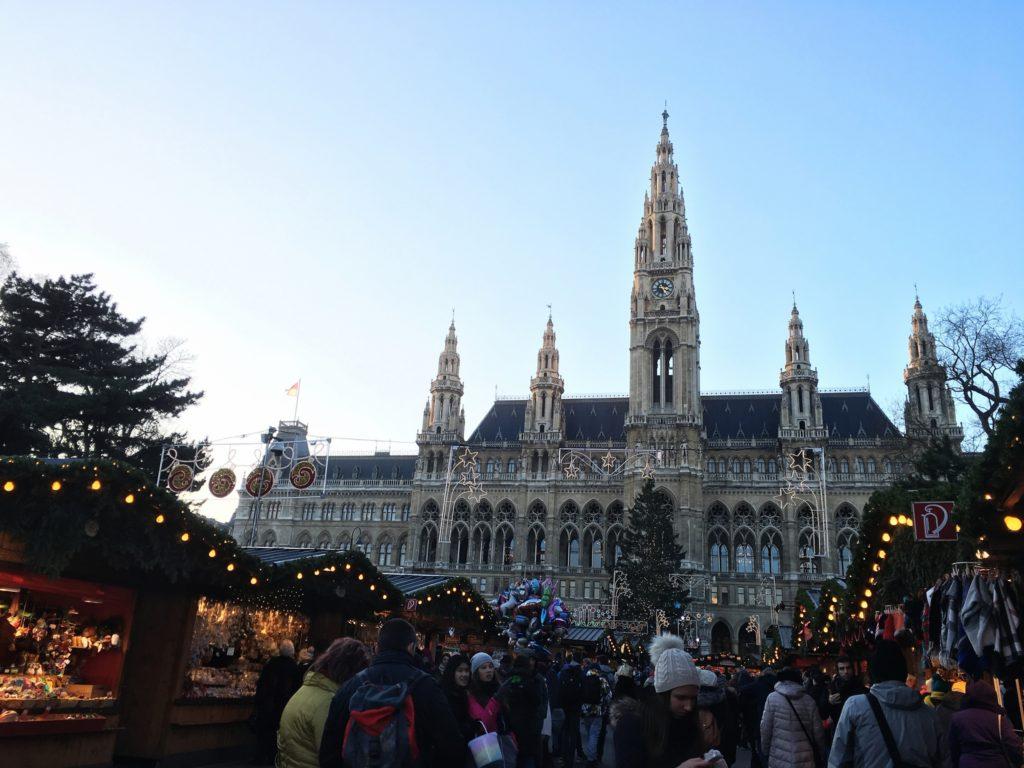
(C) Christina Saull – All Rights Reserved

(C) Christina Saull – All Rights Reserved
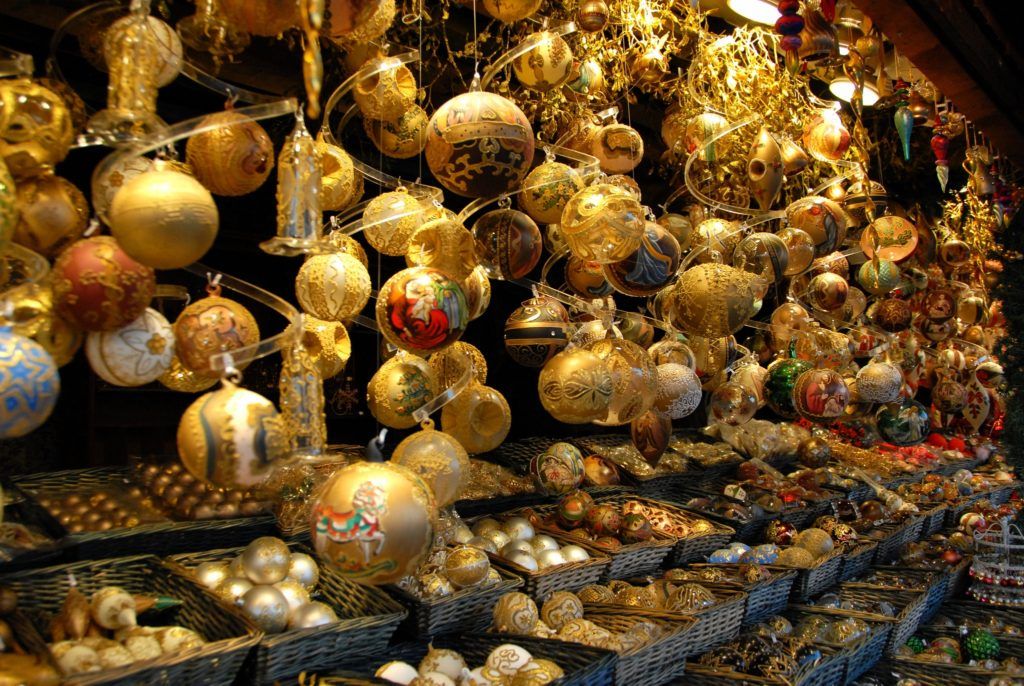
(C) Christina Saull – All Rights Reserved
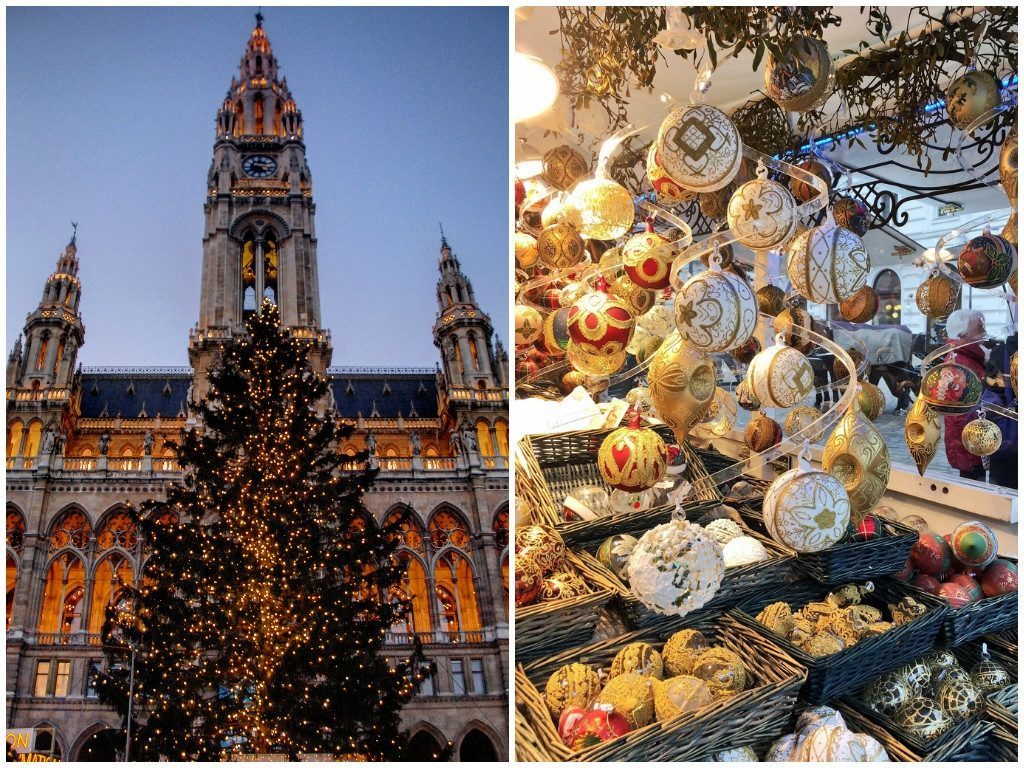
(C) Christina Saull – All Rights Reserved
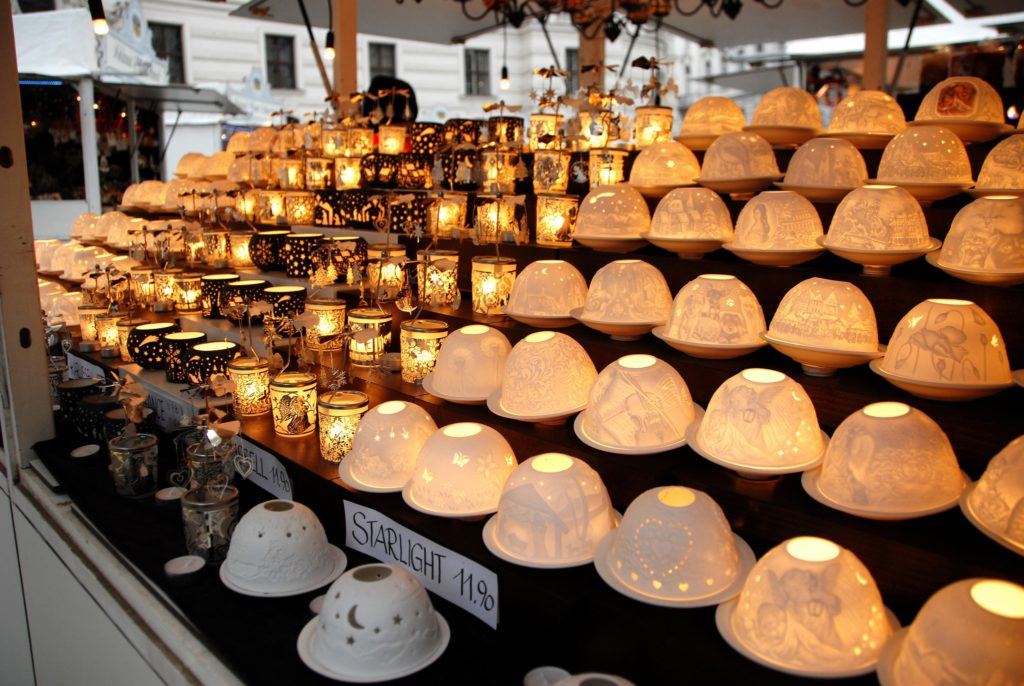
(C) Christina Saull – All Rights Reserved

(C) Christina Saull – All Rights Reserved
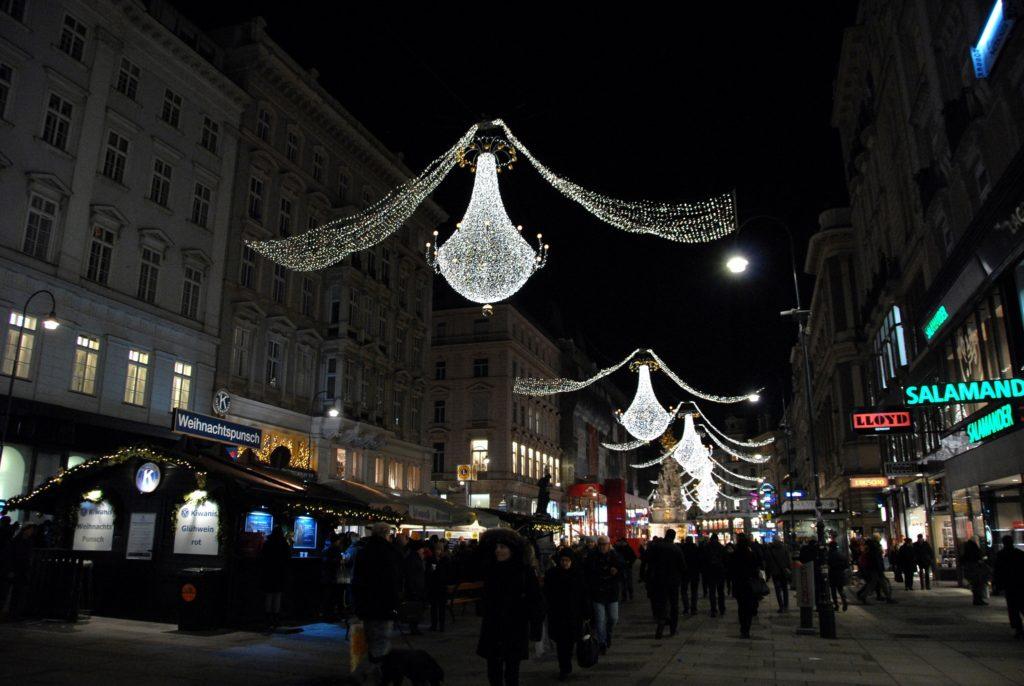
(C) Christina Saull – All Rights Reserved
Salzburg
The Sound of Music-famous city of Salzburg was buzzing the day we were there: a Germany vs Austria football match, combined with a public holiday, meant that the streets were packed with festive families, lots of visitors & more than a few intoxicated football fans. Regardless, that didn’t detract from Salzburg’s very different markets: the Advent Market, tucked in a courtyard & highlighting the silver wings which have become a symbol of the holidays, & the main Christmas Market in cathedral square.
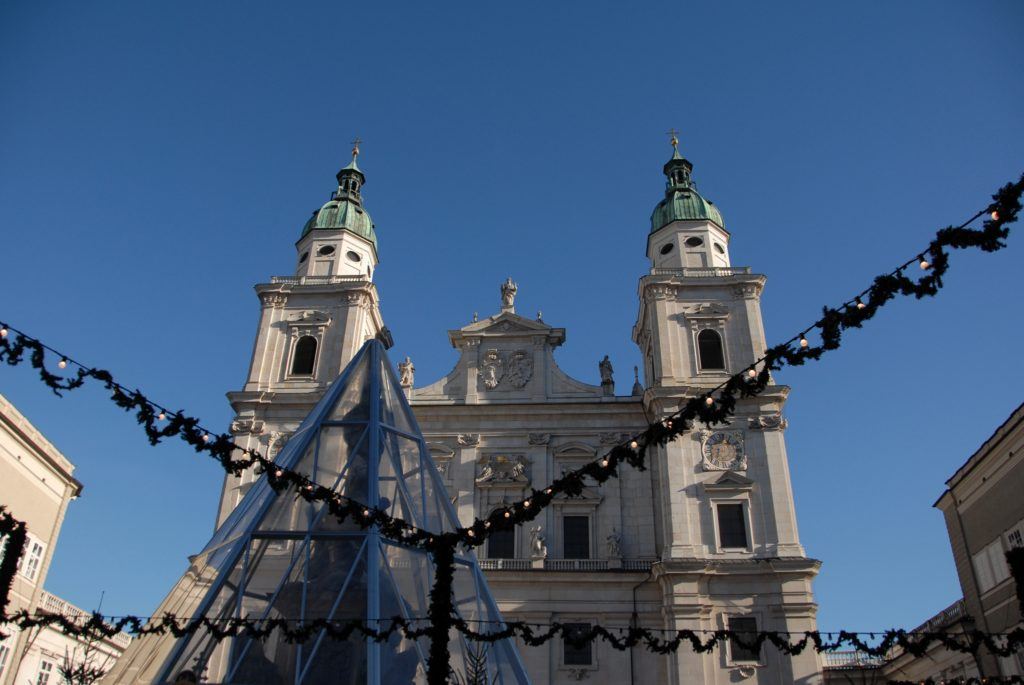
(C) Christina Saull – All Rights Reserved
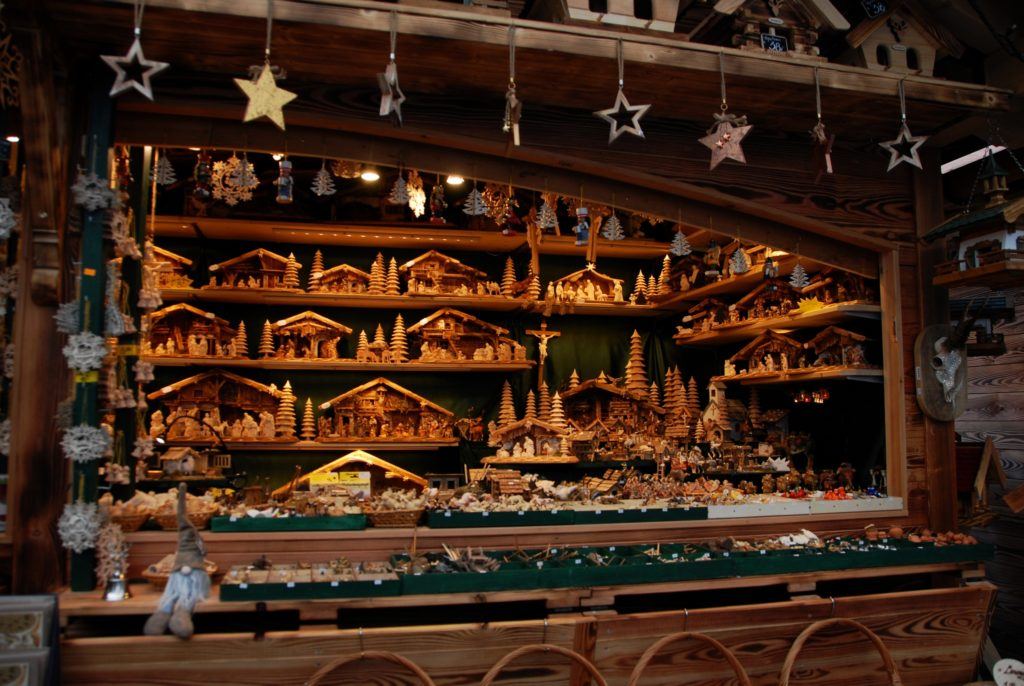
(C) Christina Saull – All Rights Reserved
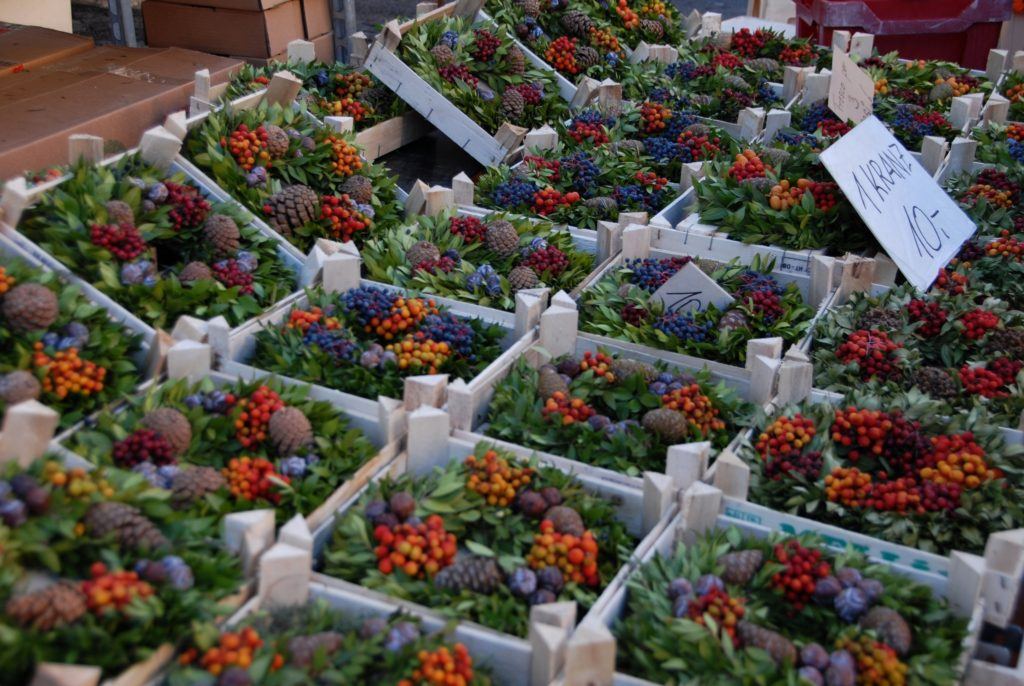
(C) Christina Saull – All Rights Reserved
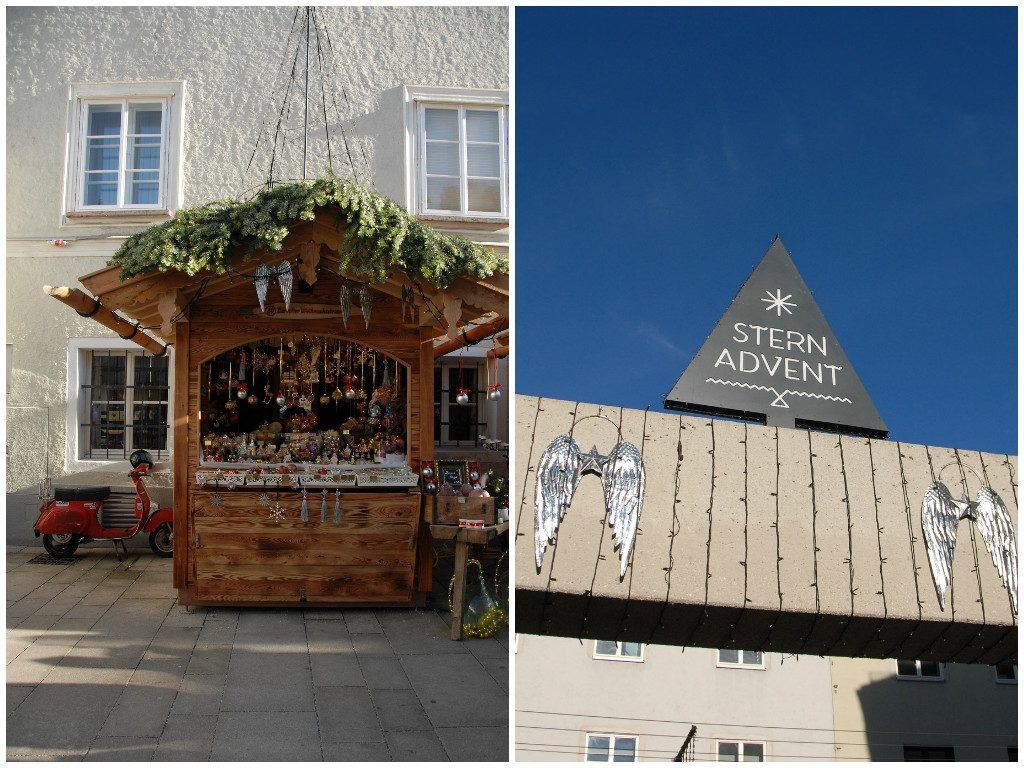
(C) Christina Saull – All Rights Reserved

(C) Christina Saull – All Rights Reserved
While in Salzburg, we also enjoyed this inpromptu alpine horn concert:
Regensburg
Regensburg was the smallest town we visited on our trip & with that came the smallest, quaintest markets. This Medieval town, which is a UNESCO World Heritage Site, felt authentically German, as did their Christmas Market, which is centered around a 500-year old church. On the edge of town is the beautiful Thurn & Taxis Palace, which has its very own Christmas Market. Admission carries a small fee, but was well worth it, as the market is quite sprawling & is tastefully decorated with a lot of lighted greenery (& a lot of fire pits for keeping warm!).
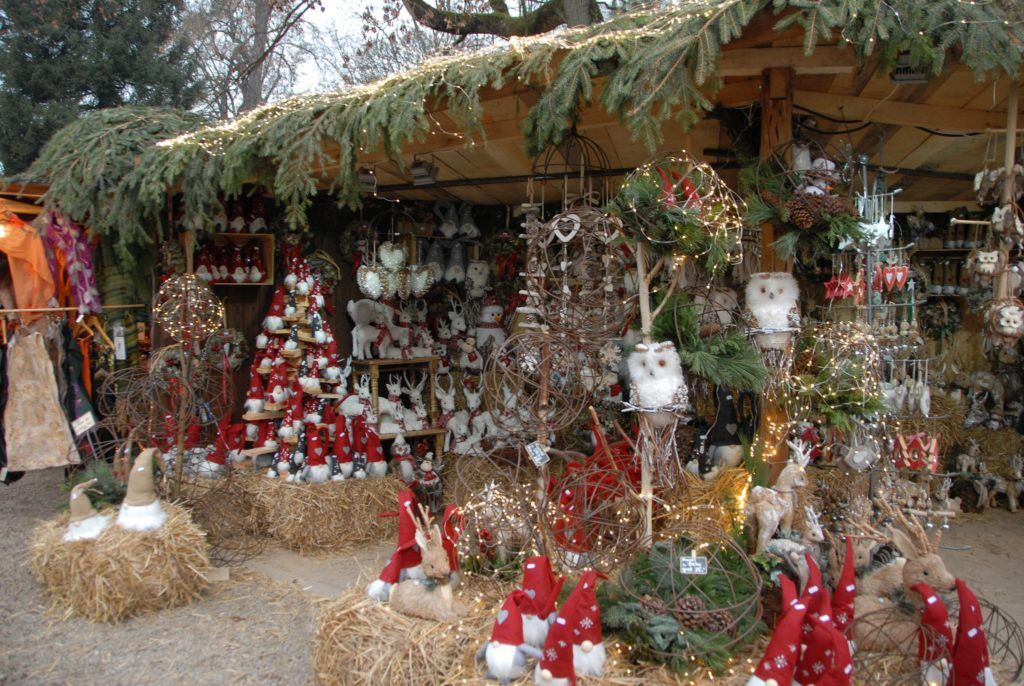
(C) Christina Saull – All Rights Reserved
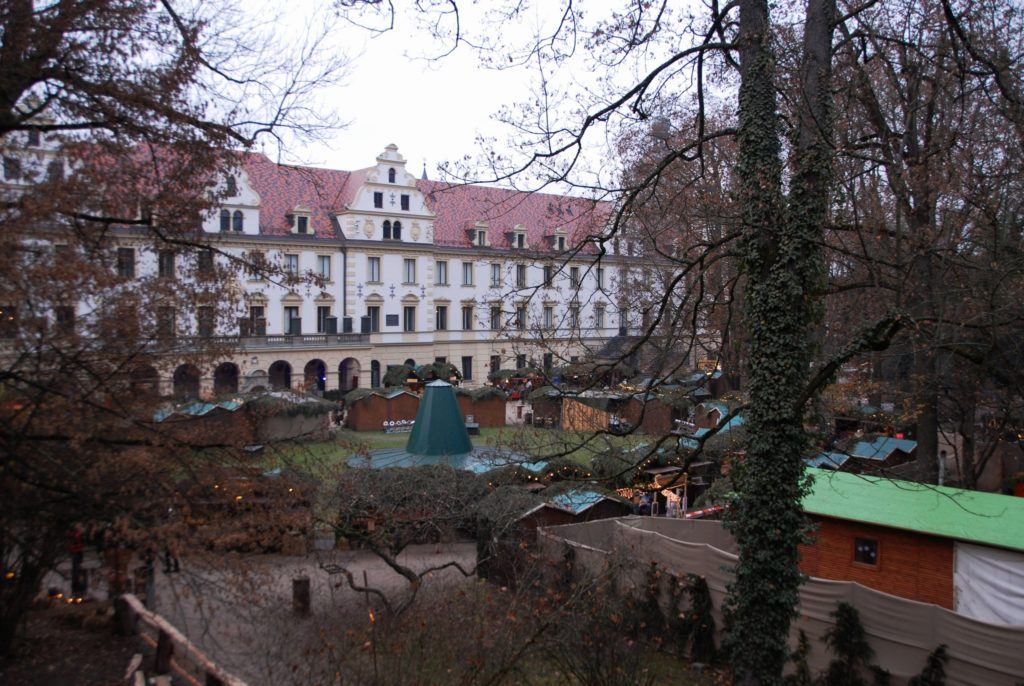
(C) Christina Saull – All Rights Reserved
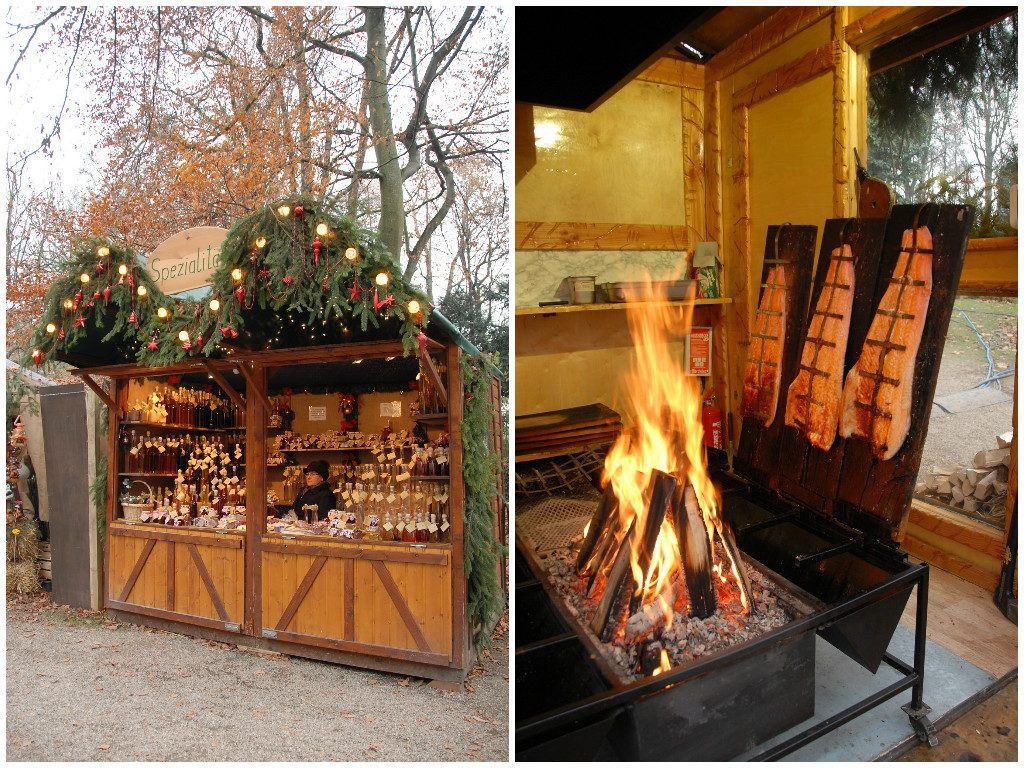
(C) Christina Saull – All Rights Reserved
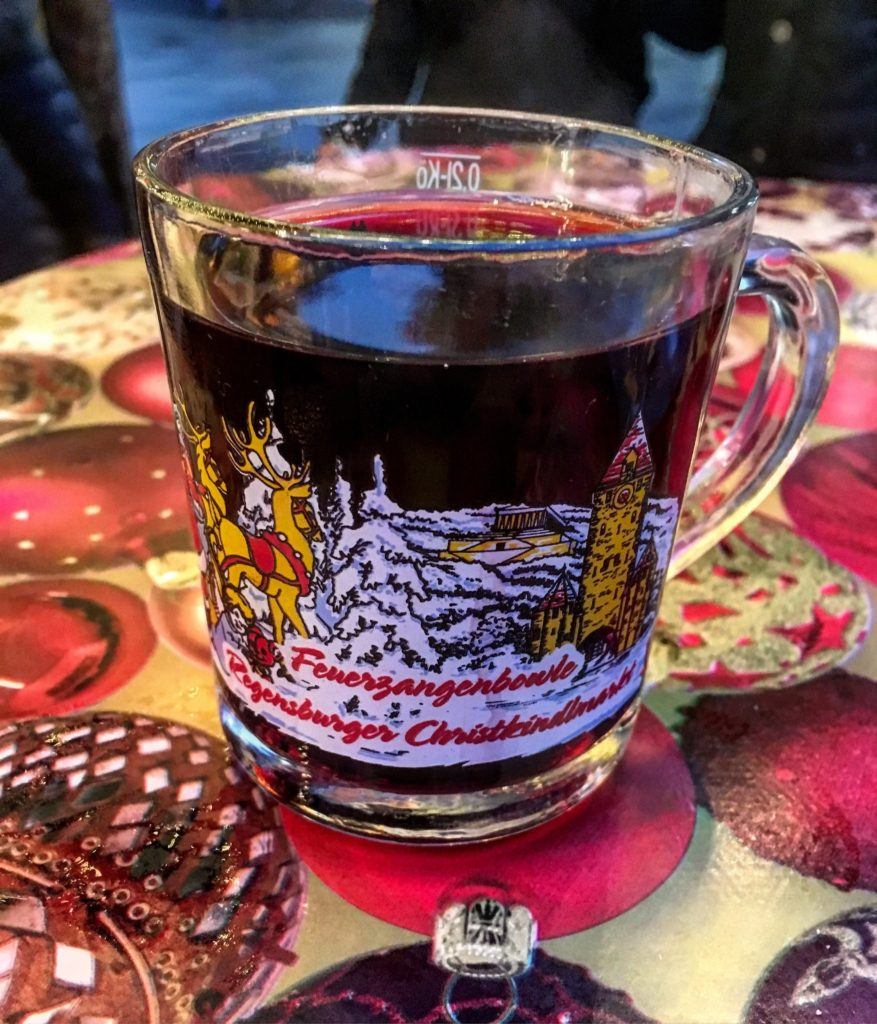
(C) Christina Saull – All Rights Reserved

(C) Christina Saull – All Rights Reserved
Nuremberg
Nothing could have prepared us for the craziness that was Germany’s largest Christmas market! We visited on a mild, sunny Saturday afternoon & the crowds were out in force to enjoy the 200 booths of food, drink & handmade goods. One of the best views of the Christkindl Market can be seen from the balcony of the Church of Our Lady. If the main market gets to be too much, there are several other markets nearby including a children’s market & a market full of booths from Nuremberg’s sister cities. When you’re visiting, be sure & try some gingerbread (it was invented in Nuremberg over 700 years ago!) & one of the famous Nuremberg finger sausage sandwiches.

(C) Christina Saull – All Rights Reserved
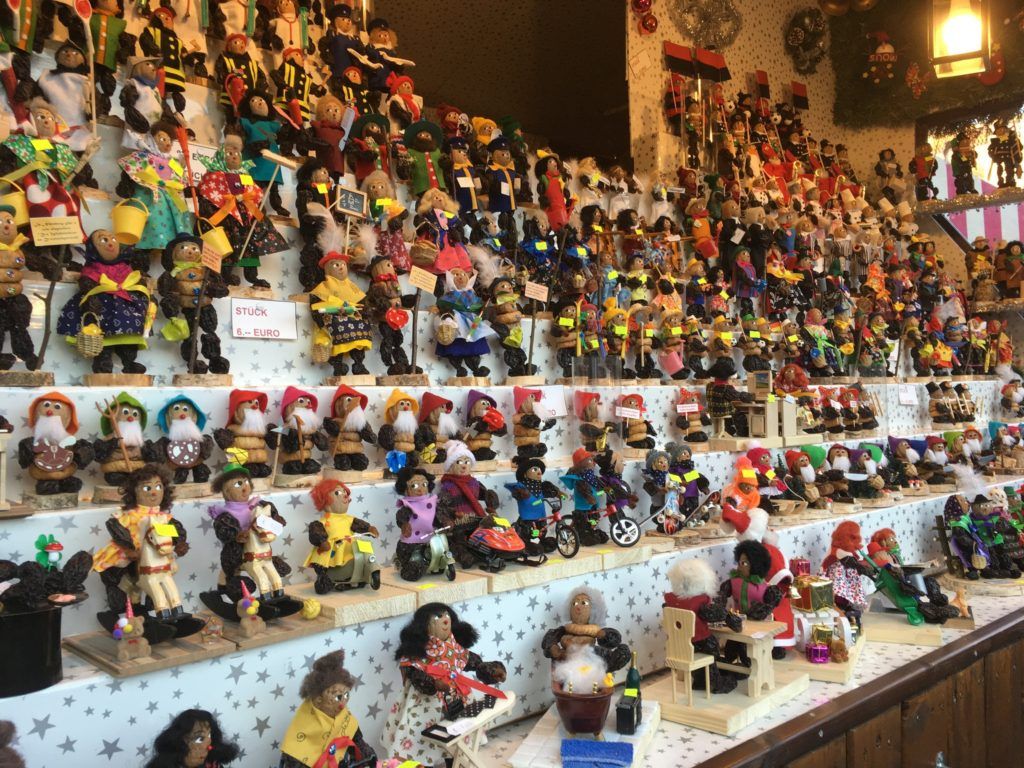
(C) Christina Saull – All Rights Reserved
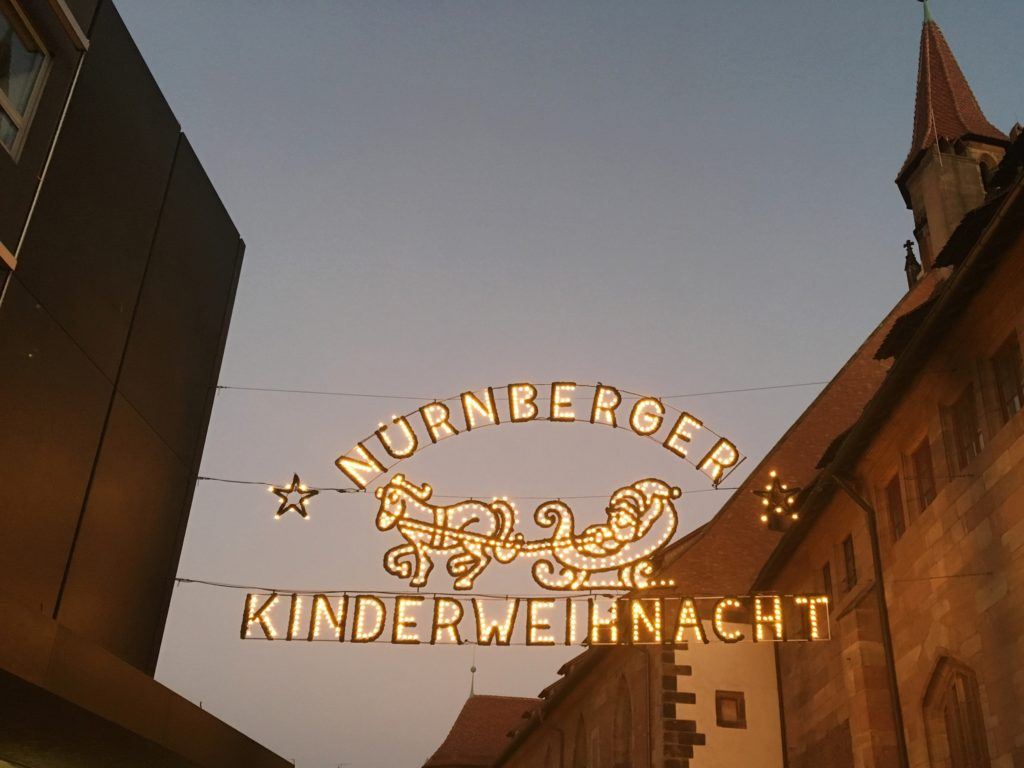
(C) Christina Saull – All Rights Reserved
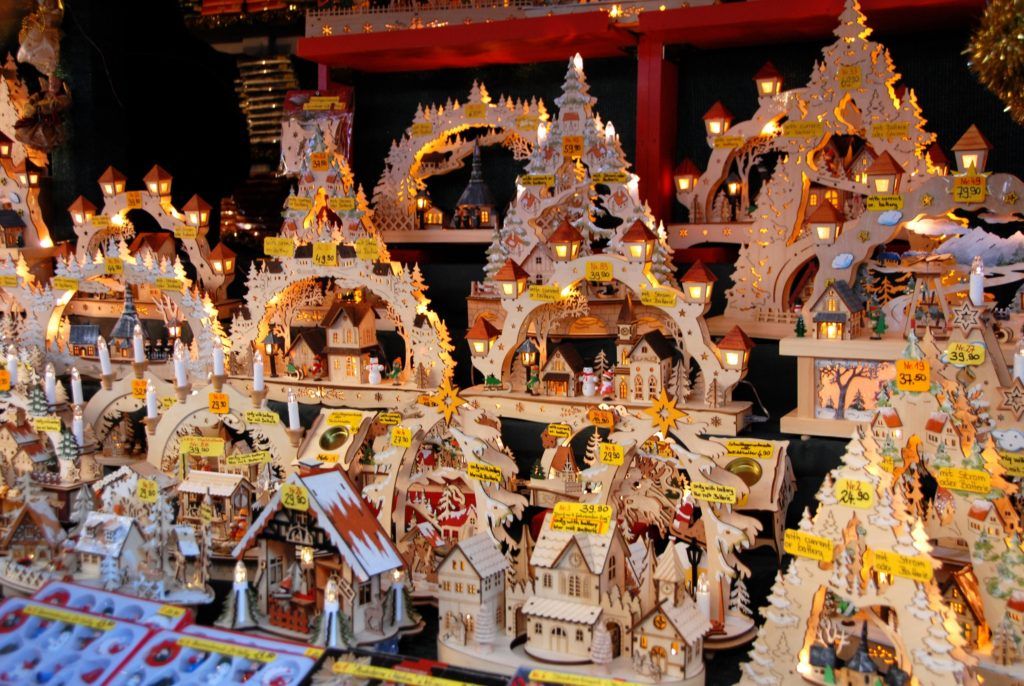
(C) Christina Saull – All Rights Reserved
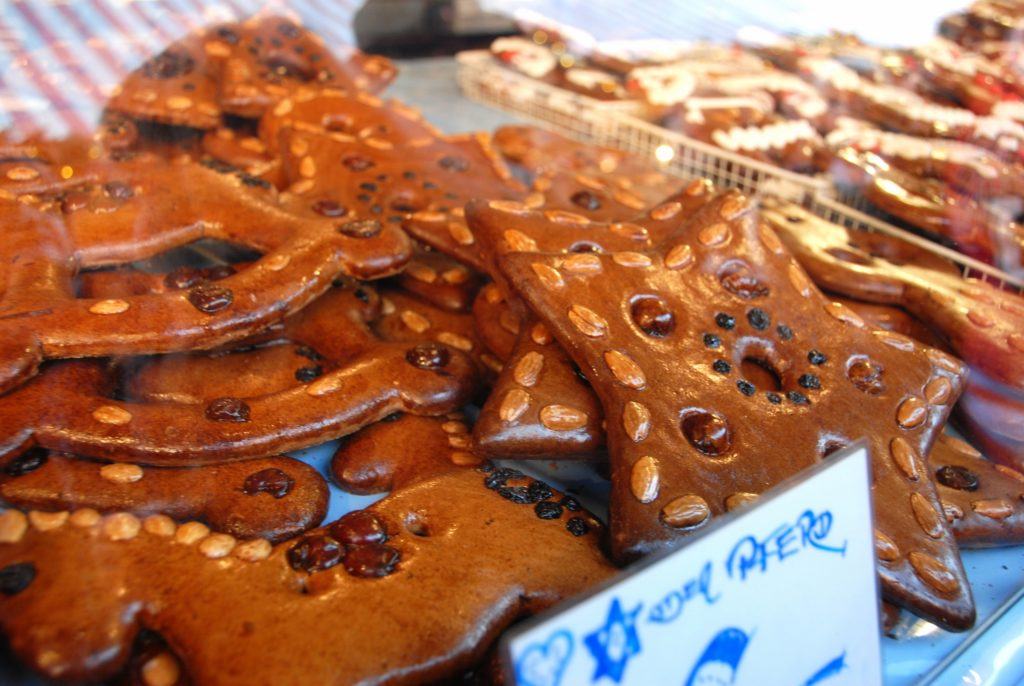
(C) Christina Saull – All Rights Reserved

(C) Christina Saull – All Rights Reserved
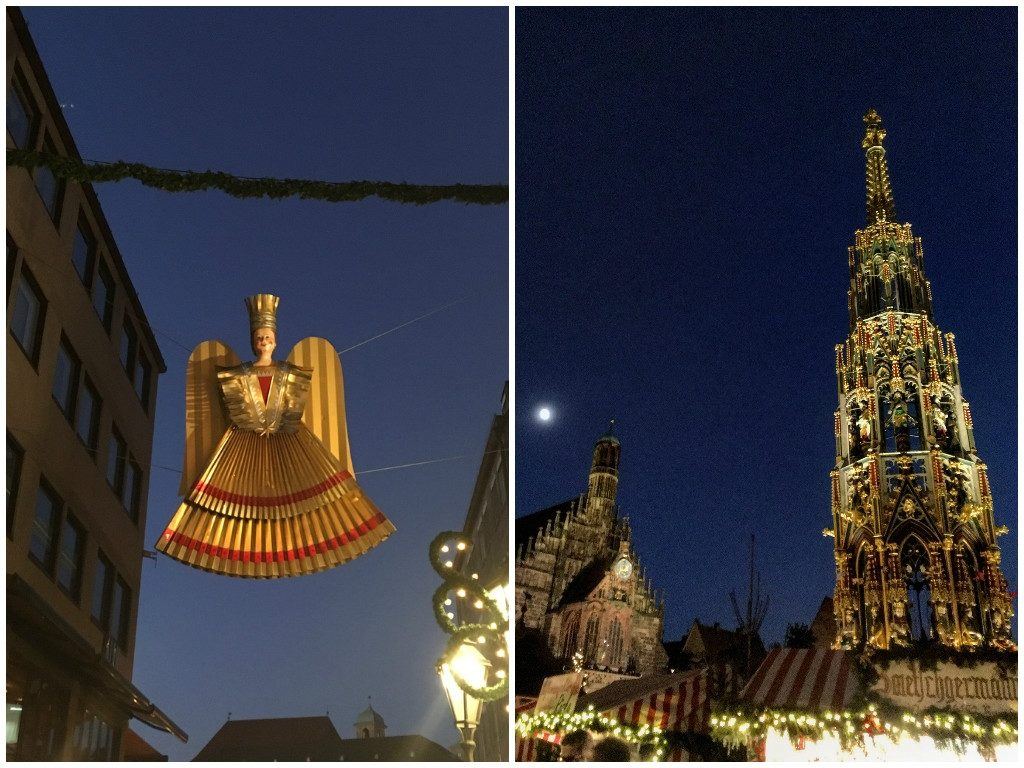
(C) Christina Saull – All Rights Reserved
Prague
After a week exploring mostly German & Austrian Christmas Markets, I was surprised to see how different the markets in Prague were. Same great mulled wine, but a different flavor in the ornaments & definitely a different flavor in the sausage! I was also happy to see chimney cakes – trdelník in Czech – back & everywhere. Prague’s main Christmas Market is in Old Town Square, but there are also smaller, more local markets at the Prague Castle & St. Wenceslas Square.
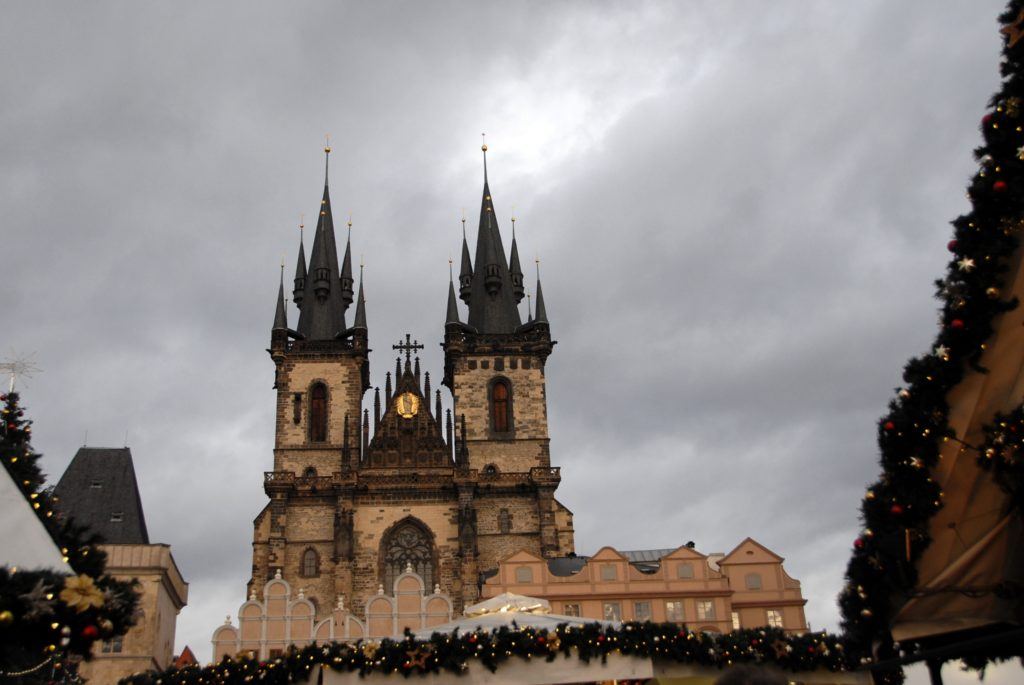
(C) Christina Saull – All Rights Reserved
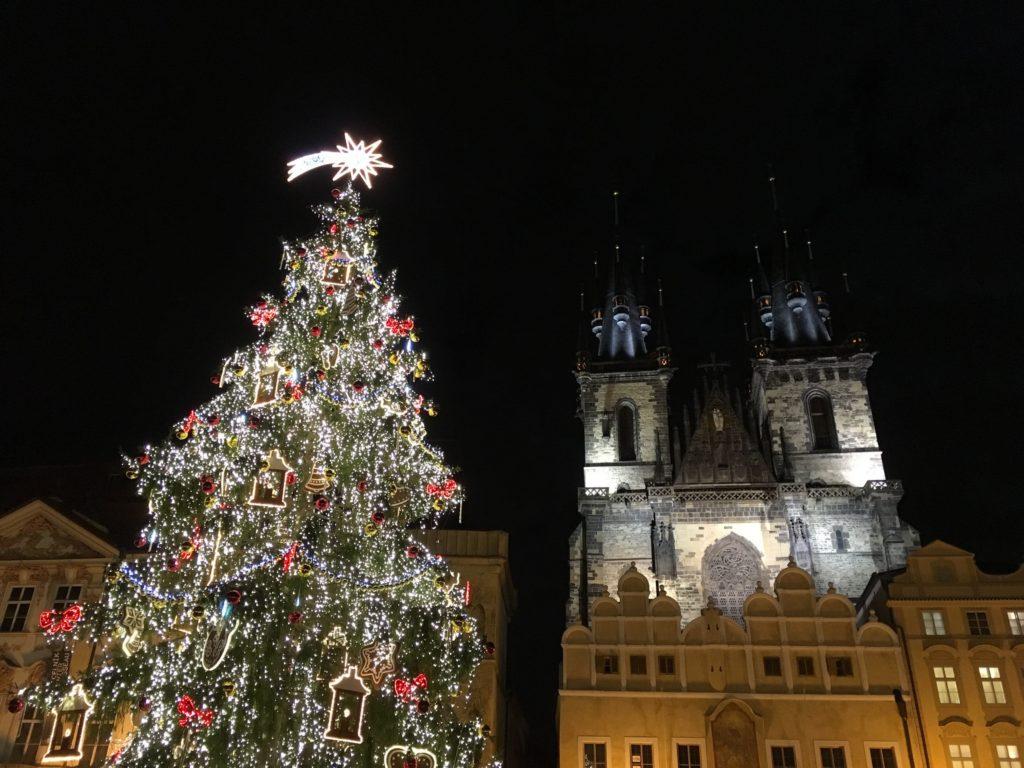
(C) Christina Saull – All Rights Reserved
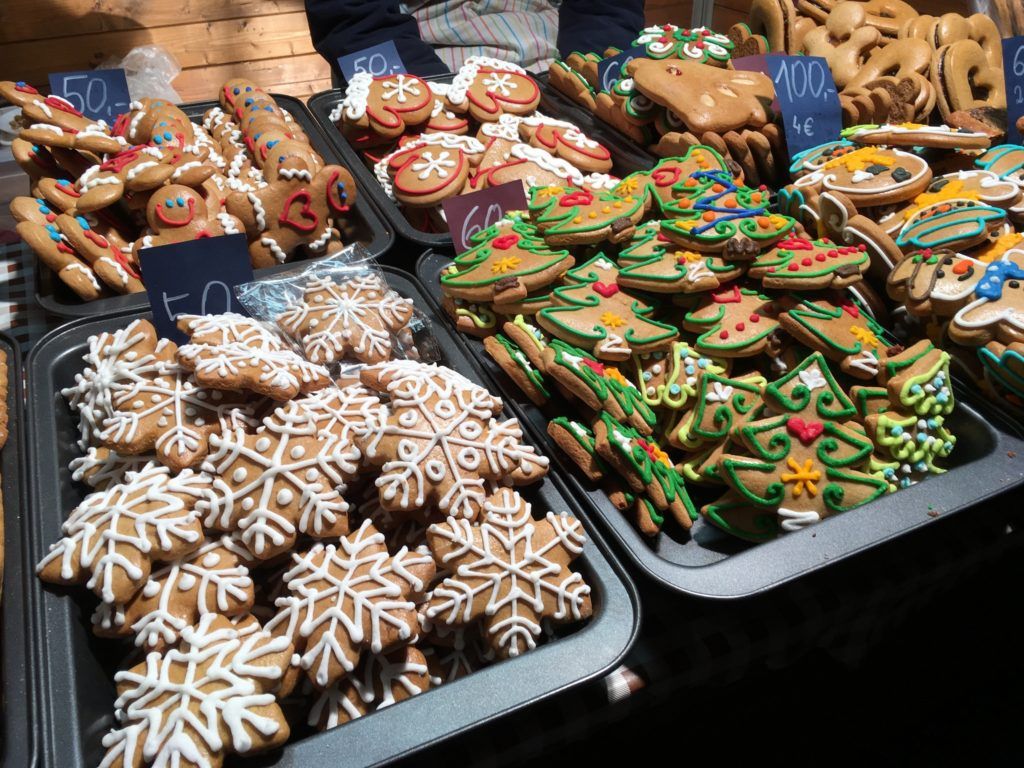
(C) Christina Saull – All Rights Reserved
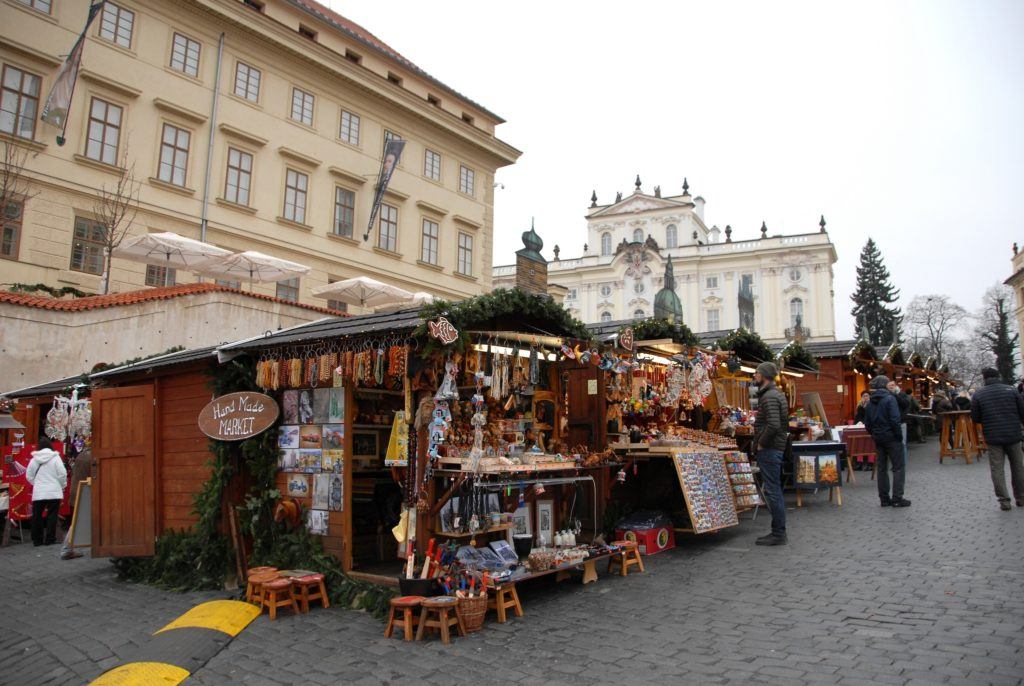
(C) Christina Saull – All Rights Reserved
Some tips to make the most of your experience, regardless of which market you visit.
Know if you go….
– each market is unique, which means that if you see something you like it, don’t wait to buy it. I wanted to get a little wooden smoker & kept saying “When I get to Prague…” & got to Prague & they didn’t have them! Lesson learned.
– a little research of what to expect in each market goes a long way. For instance, we knew gingerbread was from Nuremberg, so we wanted to buy it there. The prune figures are also only available in Nuremberg, while chimney cakes were only found in Budapest & Prague.
– despite the recent events in Berlin, we felt relatively safe at the markets even with the huge crowds. But pick pockets can be an issue, so keep your purse close (I opted to not use a purse & just put my wallet in an internal zipper pocket in my coat).
– take cash! Unlike many markets in the U.S., almost none of the vendors took credit cards & many preferred local currency. For our trip, this meant having Hungarian Forints, Euros & Czech Koruna. The easiest way to get local currency at a good rate is to get it out of an ATM (make sure & do the math with Fornits & Krona so you don’t end up with too much).
– the mulled wine at each market (except in Prague) comes in a little ceramic mug. You can return your mug & get a €3 deposit back (making the cup of wine about €3-4) or keep the mug for a fun souvenir. We enjoyed collecting them at each market. Tip: they travel home well in socks!
– dress for the weather! We were lucky to have sun most days, but it was very cold – I don’t think I could feel my fingers or toes for the majority of our day in Vienna! Also, good footwear is a must, as many sidewalks are cobblestones & very slippery. Our hiking shoes were perfect for this trip.

Did you have any trouble communicating with people in any of the countries? I’ve been to a few European countries without speaking or understanding any of their native languages and I was fine, but I wondered what your perspective was.
Good question! A little bit of a language barrier in Prague & Regensburg, but everyone we met spoke at least a little bit of English. We always try to learn a few words in the local language (please, thank you, hello) and that seems to do us well for our travels.